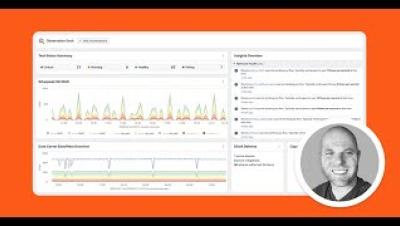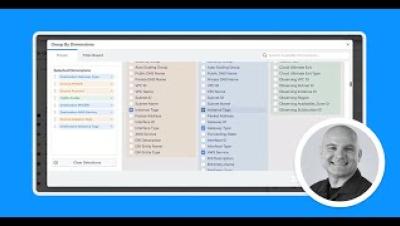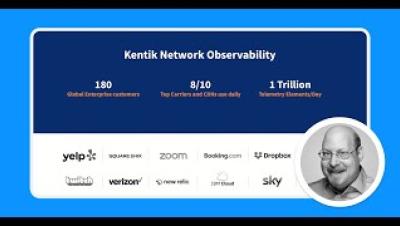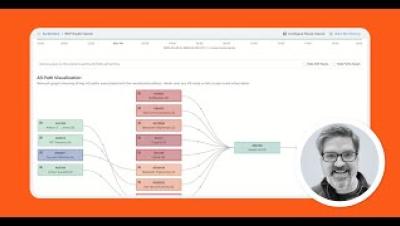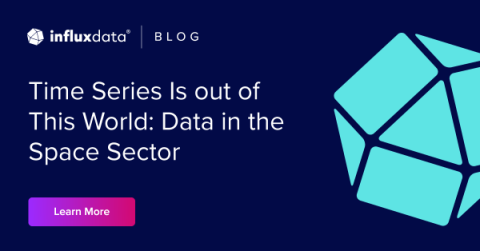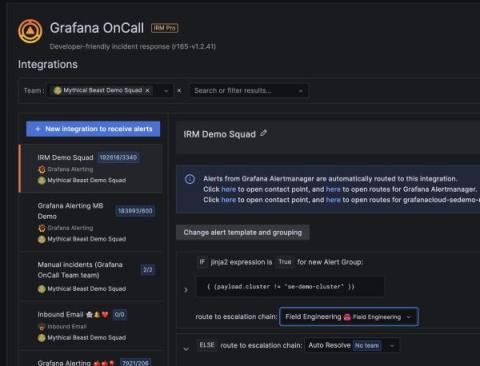Heroku Monitoring: Visualization and Understanding Data
Data visualization is a way to make sense of the vast amount of information generated in the digital world. By converting raw data into a more understandable format, such as charts, graphs, and maps, it enables humans to see patterns, trends, and insights more quickly and easily. This helps in better decision making, strategic planning, and problem-solving. Visualization and understanding data are critical in platform-as-a-service (PaaS) offerings like Heroku.



